Fuel-guzzling ‘Yank Tanks’ face a costly future in Australia after new vehicle emissions changes approved
The government has struck a new deal marking one the “biggest changes the car industry has seen” in decades.
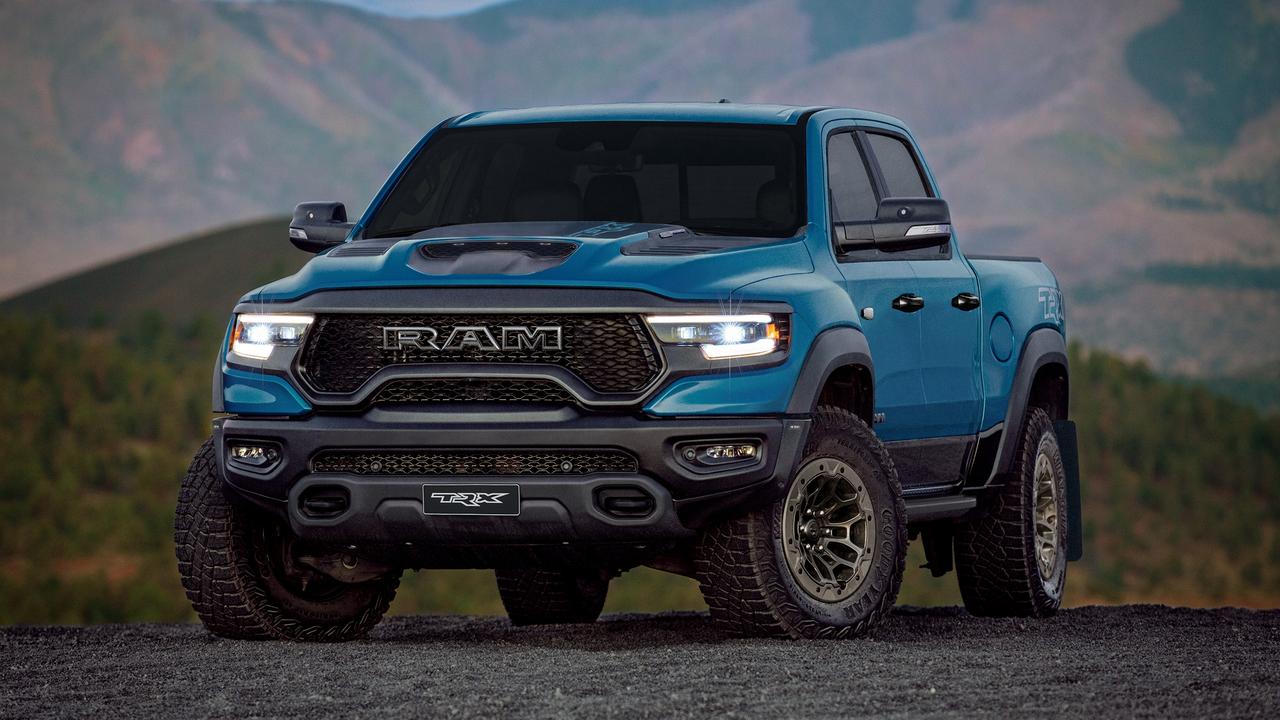
The Federal Government has struck a deal with the Greens to pass its new emissions standards for the automotive industry, which will force carmakers to offer Aussie motorists cleaner and greener vehicles.
And those who sell big fuel-guzzling utes, dubbed “Yank Tanks”, may have to pay a price for the booming popularity of American-style pick-ups Down Under.
On Thursday morning, the government’s New Vehicle Efficiency Standard passed the House of Representatives with the support of Greens MPs – which had not been expected.
It’s now expected to sail through the Senate, ending months of compromise and conjecture, including claims by Opposition leader Peter Dutton that it amounted to a “tax on utes”.
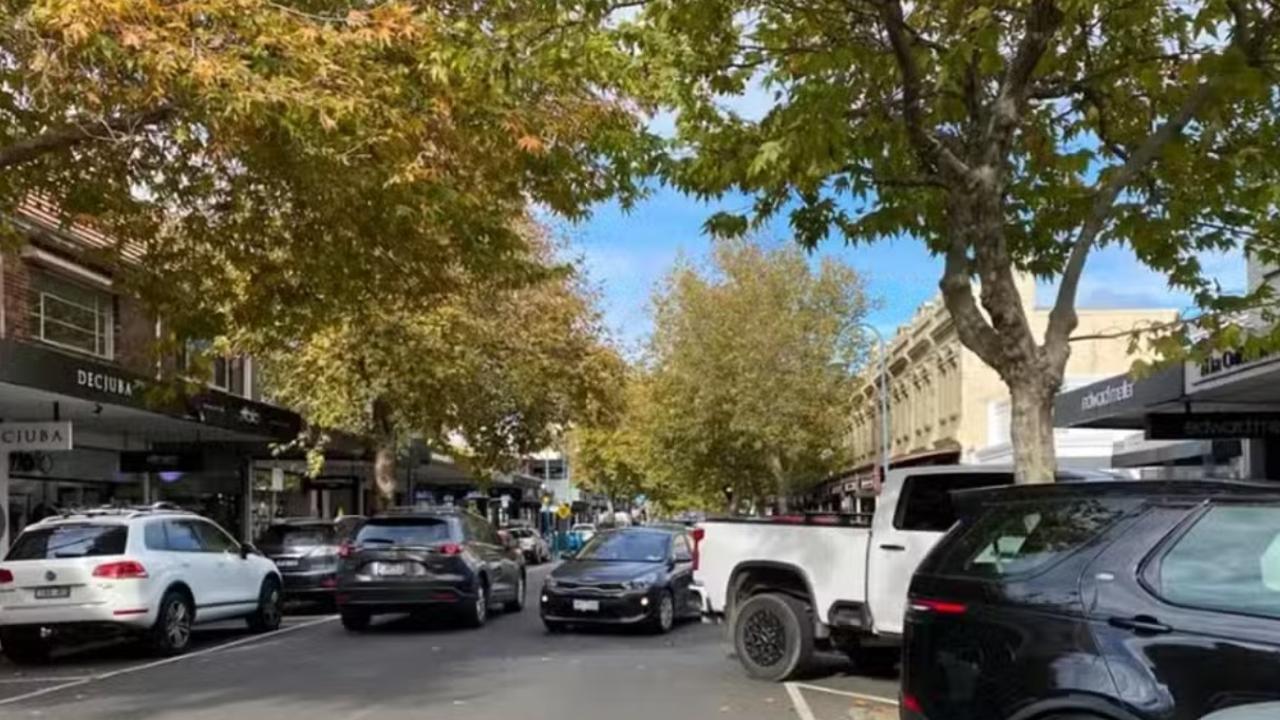
In a nutshell, the changes would create an average emissions limit on all new vehicles sold from mid-2025. Carmakers who exceed their carbon emissions limits face a financial penalty – and the limit set will gradually get lower each year.
Automotive brands that want to compete in the Australian market without paying through the nose for the fuel-guzzlers they offer will have to introduce more fuel-efficient and lower-emission cars to balance the scales.
While a fuel efficiency standard was needed and long overdue, Matt Hobbs, chief executive of the Motor Trades Association of Australia (MTAA), said the changes are significant.
“This is the biggest change the industry has seen in a very long time,” Mr Hobbs said. “It’s bigger than the exit of manufacturing because it impacts all the brands.”
Some automakers will fare better than others, especially if they produce a number of electric vehicles and hybrids that can “balance the scales”.
“Imagine a set of scales with all the green cars on one side, EVs, hybrids, super fuel-efficient vehicles, and then your not-so-green ones on the other,” Mr Hobbs said.
“As a company, you’ve got to look at everything you sell in a year and balance it. Every year it gets tougher. In the first year, you’ll be able to generate yourself some credits if you’ve got some balance.
“But as you get out to 2028, 2029, it gets really tight. A lot of the analysis that we’ve done shows most companies will be in the red.”
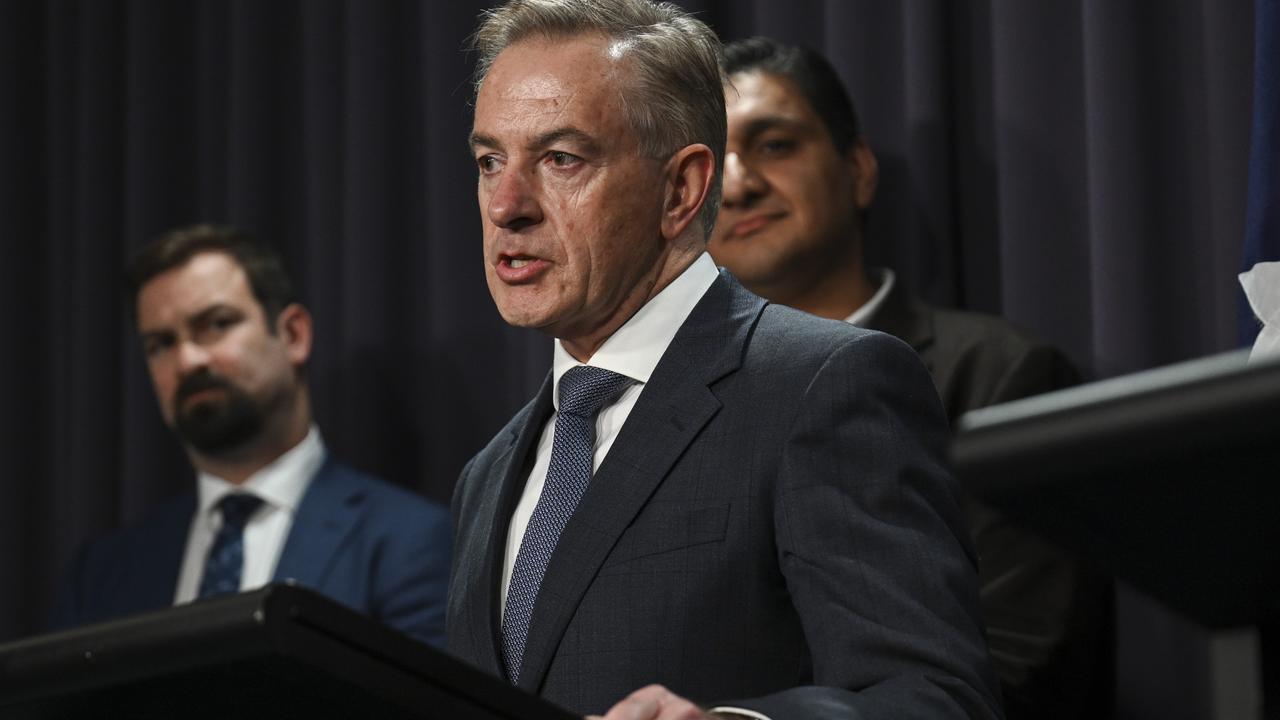
Some factors, such as the higher availability and lower cost of EVs and hybrids, will help many carmakers naturally tip the scales.
Major technological advances will also spark momentum, Mr Hobbs said.
Yesterday, Chinese brand BYD unveiled its first ute, a plug-in hybrid called the Shark, which is set to arrive in Australia in late 2024 or early 2025.
Its combined driving range when operating in hybrid conditions is a staggering 840 kilometres.
“If you look at what Ford’s doing with the F150 in the US, they’ve got a full electric F150, and while it’s expensive, the price will probably come down,” Mr Hobbs said.
“They’re also looking at plug-in hybrids like what BYD is doing. They’ve got some of those coming. They’ve got the Ford Ranger, a plug-in hybrid, that’s coming next year.”
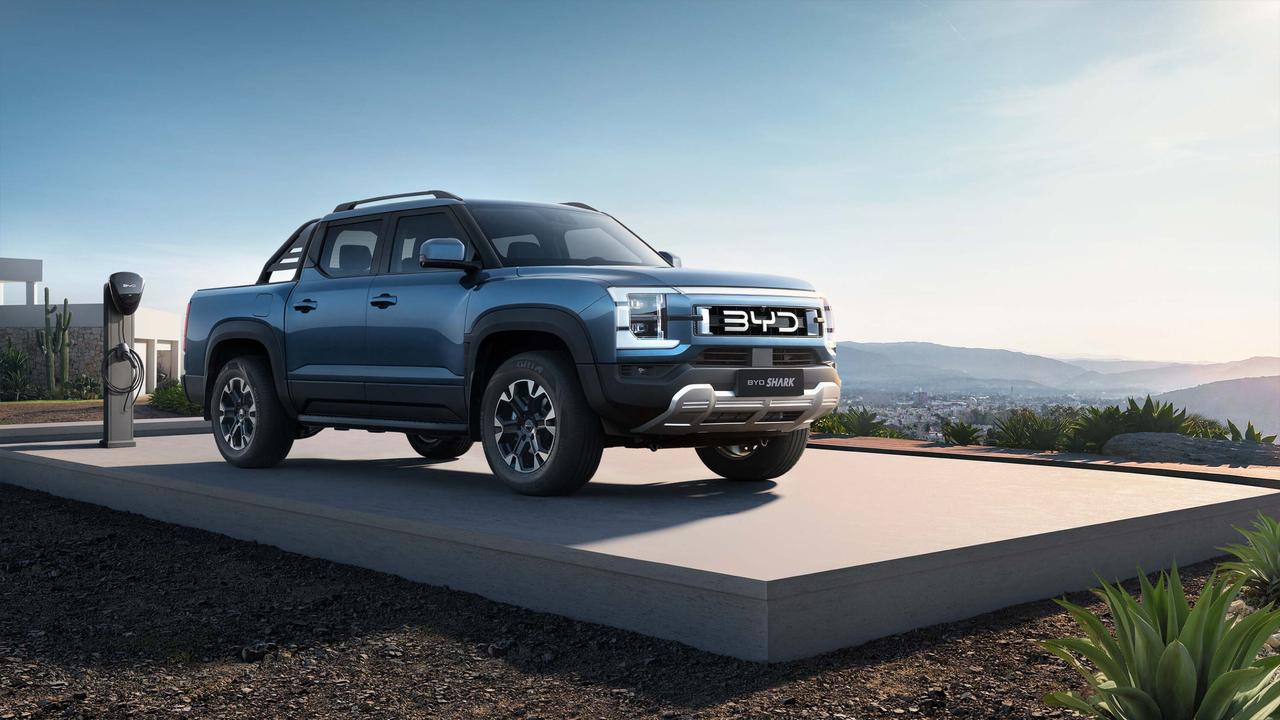
But he said the automotive world is changing “really quickly” and called for regular reviews of Australia’s New Vehicle Efficiency Standard.
“What we’re very keen to see is we don’t just set and forget it. We need to make sure that we monitor it, see what’s happening in the market, and make sure that if the US changes, or Europe, or Japan, or anywhere else, that we’ve got the ability to take stock and work out what’s best for Australia in 2030, 2035 and beyond.”
Last month, more than 97,000 new cars were sold in Australia, bringing the total for the year to date to 401,000. That’s 50,0000 more than the same period in 2023.
According to the Federal Chamber of Automotive Industries, demand for new vehicles has been driven by a “strong market appetite” for SUVs and Light Commercial Vehicles.
Under the New Vehicle Efficiency Standard, increasingly popular big and petrol-hungry utes and American-style pick-ups will have a higher carbon emissions limit than a small passenger car.
That’s thanks to amendments to the government’s rules negotiated during talks with automakers and car dealership lobbyists, which will classify them as ‘light commercial’.
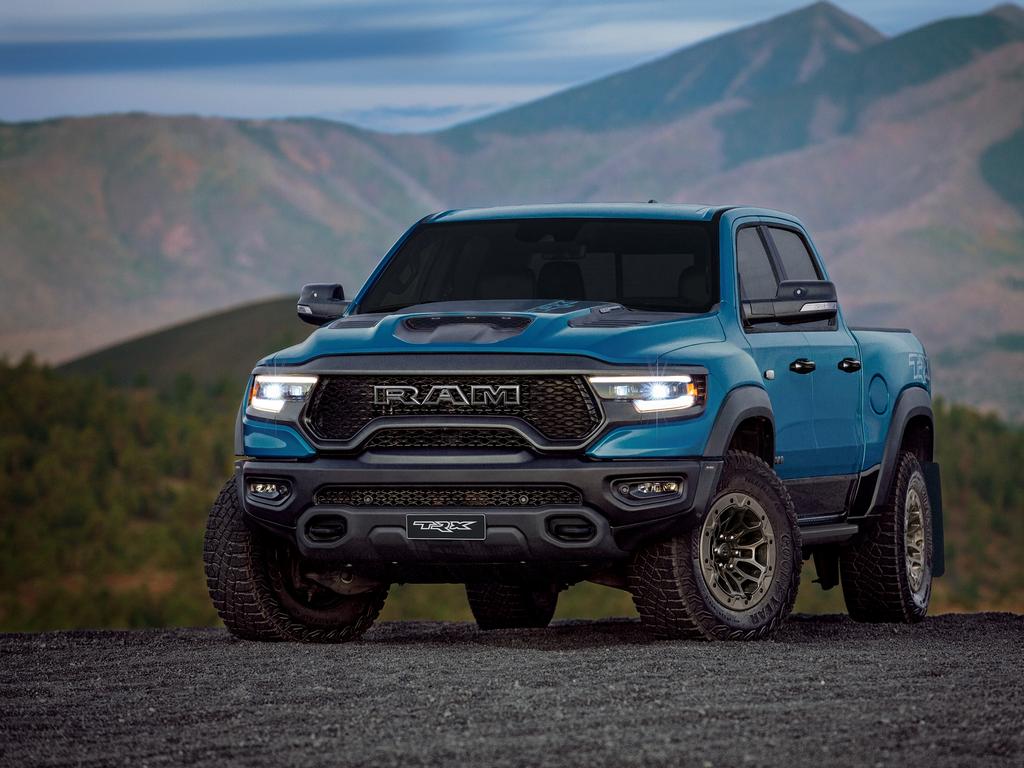
Another feature of the scheme is that carmakers who do well and sell a high proportion of clean cars will earn credits, which they can sell to other automotive brands.
But the generous allowances might only be enjoyed for a few years, as the gradually lowering limit on emissions gets tighter and tighter and brands don’t offset their Yank Tanks with cleaner and greener alternatives.
If the balance isn’t there, some carmakers may eventually be forced to pass on the increased costs to consumers.
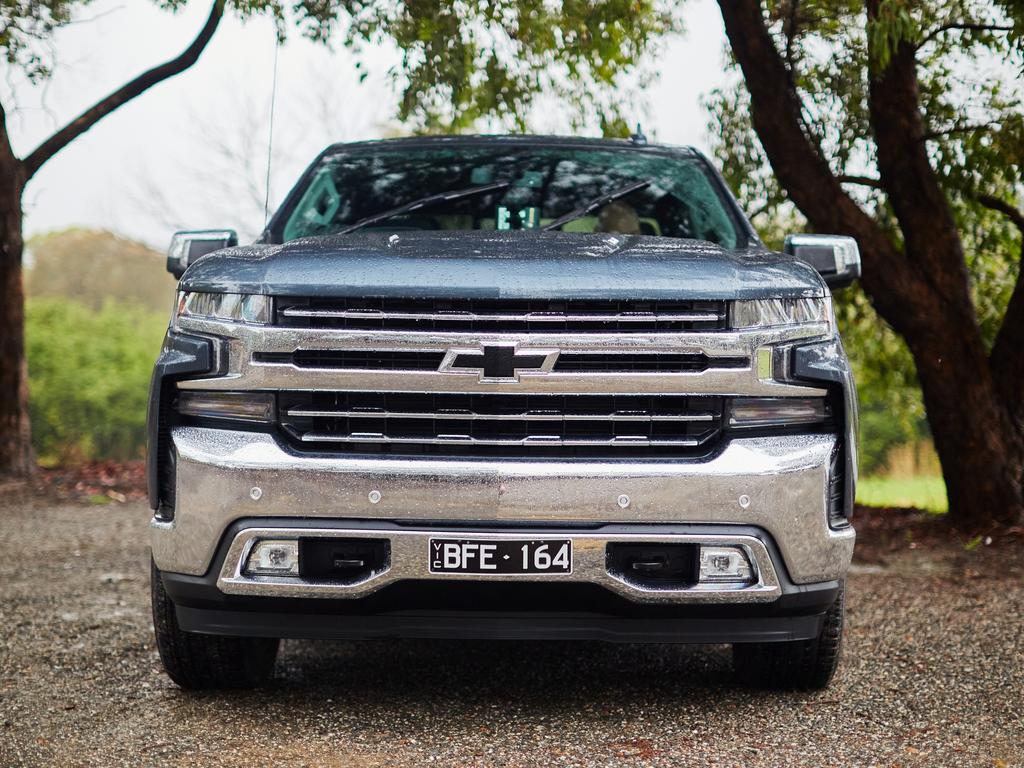
Climate Council chief executive Amanda McKenzie celebrated the news, describing it as a “win for the climate, a win for our health, and a win for all Australians – whether they drive a car or not”.
“Australia has locked up the garage for good when it comes to expensive, polluting cars,” Ms McKenzie said.
“This law will see Australia slash climate pollution from one of our biggest sources, steering the transport sector towards a cleaner future.
“We look forward to seeing the positive impacts this important change will have on our hip-pockets, our health, and our environment.”
More Coverage
The green group’s head of policy and advocacy, Jennifer Rayner, said a clear message had been sent to car manufacturers to “clean up your act”.
“Manufacturers can no longer treat Australia as a dumping ground for dirty, inefficient cars,” Dr Rayner declared.
“This reform is an important step towards slashing climate pollution further and faster this decade, and a great example of what a progressive parliament can deliver when it puts our kids’ futures first. We need to see more action like this, more often.”





